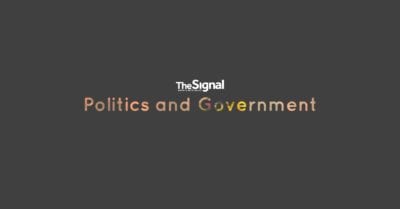By Matthew Vadum
Contributing Writer
The federal government urged the Supreme Court on Tuesday to reinstate a $475 billion student loan relief plan after an appeals court ruling blocked key parts.
The new emergency application filed by Solicitor General Elizabeth Prelogar came after the U.S. Court of Appeals for the Eighth Circuit on Aug. 9 temporarily paused parts of the SAVE plan while the litigation over it continues. The case is Biden v. Missouri.
Justice Brett Kavanaugh directed Missouri, which is challenging the plan, to respond by 4 p.m. on Aug. 19.
The SAVE plan that Education Secretary Miguel Cardona first proposed in August 2022 would lower monthly payments for millions of eligible borrowers and accelerate loan forgiveness for some borrowers. SAVE is an acronym that stands for Saving on a Valuable Education. A reported 8 million borrowers have signed up for the program.
The SAVE plan was not yet finalized in June 2023 when the Supreme Court struck down President Joe Biden’s previous $400 billion student loan forgiveness plan in Biden v. Nebraska.
Days ago, the Eighth Circuit found that Missouri and six other states challenging the plan would likely be able to prove the plan violates the major questions doctrine.
The doctrine requires courts to presume Congress does not delegate important policy questions to government agencies.
The injunction temporarily prevents the federal government from forgiving principal or interest on outstanding student loans, blocks a provision stopping interest from accruing on loans, and pauses a provision allowing borrowers to make very low or zero monthly payments geared to income.
District Judge John Ross in Missouri previously blocked the SAVE plan on June 24.
In the new application, Prelogar argues the plan is “a straightforward exercise” of the Department of Education’s authority under federal law.
“The Eighth Circuit’s injunction has severely harmed millions of borrowers and the department by blocking long-planned changes and creating widespread confusion and uncertainty,” she said.
The injunction is so broad that it interferes with the department’s other programs that forgive student loan debt but are not in dispute.
“That extraordinary injunction has scrambled the department’s administration of loans for millions of borrowers,” she said.
Prelogar said if the Supreme Court decides not to reverse the Eighth Circuit’s injunction, it should consider holding oral arguments in the case this fall “to avoid prolonging the harm the Eighth Circuit’s injunction is inflicting on millions of Americans.”
The new application came after Texas Solicitor General Aaron Nielson told the Supreme Court on Saturday that Texas wanted to press on with its own previously filed application to halt the SAVE plan. That case is Alaska v. Department of Education.
Although the Eighth Circuit’s injunction halting aspects of the SAVE plan gave the state much of what it wanted, the ruling left some questions unanswered, such as whether the department violated the federal Administrative Procedure Act by giving the public an unusually short period to comment on the plan before it was finalized.
The Eighth Circuit’s injunction conflicts with the Tenth Circuit’s June 30 order pausing a ruling by District Judge Daniel Crabtree of Kansas who blocked parts of the plan. The Tenth Circuit’s ruling allows geared-to-income repayments by borrowers to begin.








